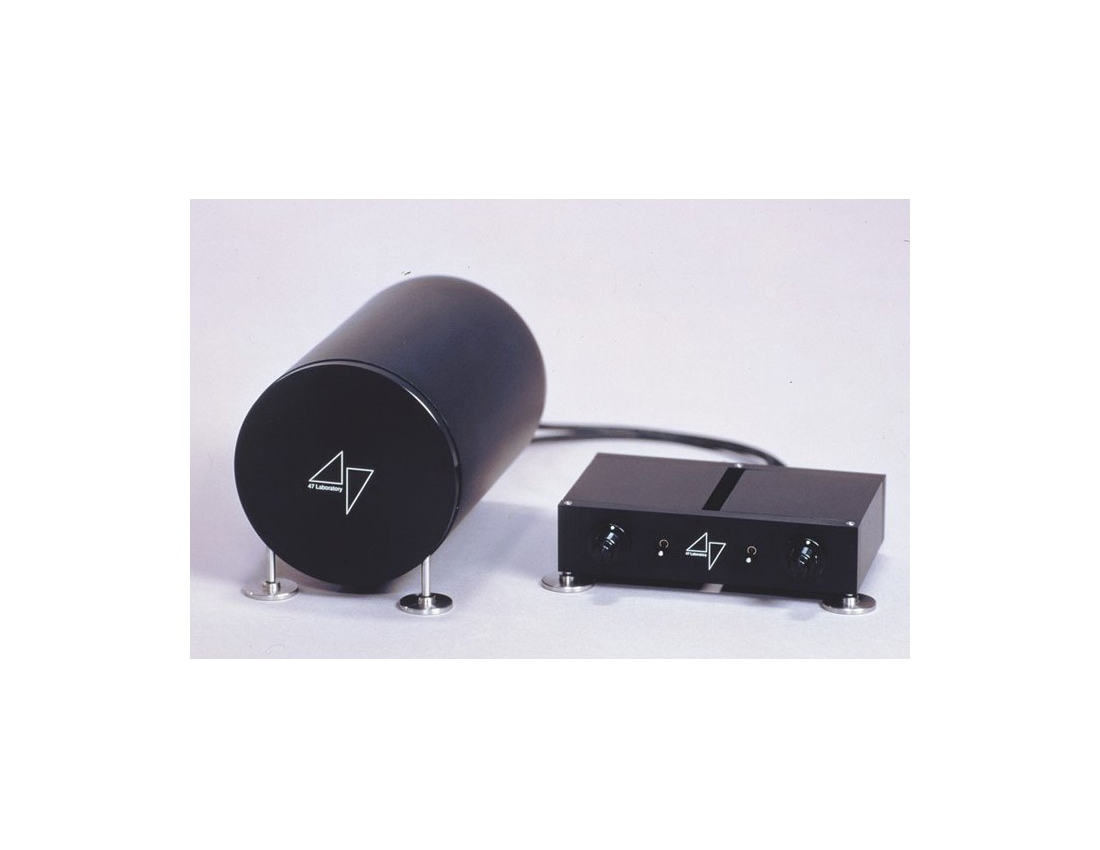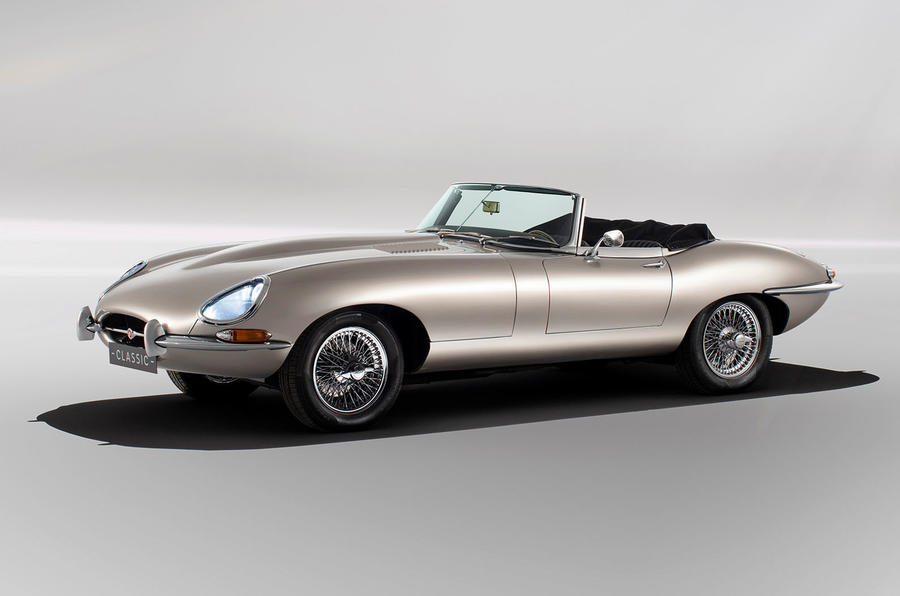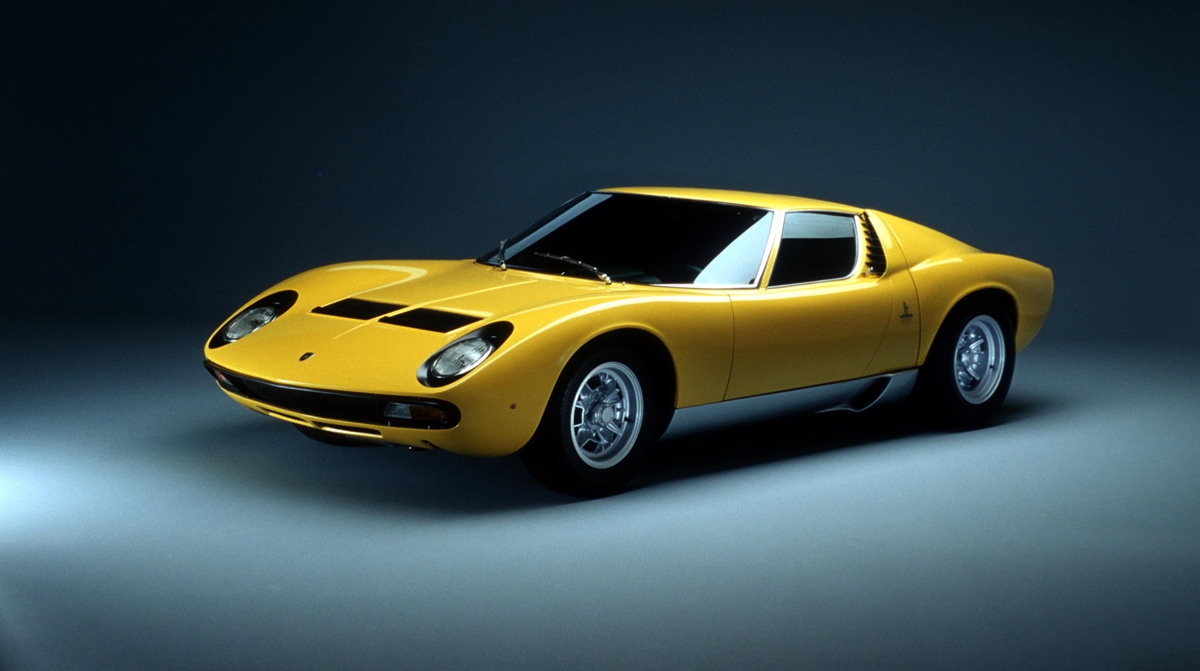tuga
Legal Alien
Amplifier design is a mature technology. Distortion had been pushed down to inaudible levels way back in the 1940s and 50s. The only real developments in audio in my lifetime have been in digital audio. That is undeniable and has led to whole new opportunities, and can thankfully be integrated into any system of any age. Amplifiers and speakers are very slow moving, e.g. a late-50s pair of Quad II power amps driving ESLs is still better than anything you can find in most hi-fi shops today. People obsess over the tiniest differences because the concept of ‘new’ is so hyped-up by people with vested interests looking to sell you stuff.
The raw technology that has changed in amplifier design over the past 70 years are most obviously the shift from valves to solid state, then the move to switch-mode solid state with embedded digital frippery. That brought some gains in efficiency (a class D amp uses vastly less power than a class A valve amp) and convenience (lazy fat people like remote controls etc), but from a measurement perspective the performance was way below the level of audible distortion then, and it still is today. Meh. Speakers have moved forward far more slowly, largely hindered by the fashion/style insistence of too small to work sizes. As such distortion levels are likely higher now as ever-smaller drivers are being asked for ever-greater cone excursion (which always brings distortion).
The most depressing thing is this shift towards convenience and style trends has led to a market full of unserviceable crap that tends only to last a few years, maybe a decade tops. Useless unwanted junk that ends up in landfill at exactly the time the whole planet is facing a climate disaster. It really is time to start thinking outside the mass consumption box and grasping that accepting planned obsolescence is the responsibility of the buyer as well as the manufacturer. I chose to reject it.
This idea that there have been no developments and that vintage equipment was audibly "transparent" is an oversimplification with which I don't agree.
Audibility thresholds and psychoacoustics research are still in infants, we can't keep referencing to '50s levels. Psychoacoustics is important as it would explain why some people prefer vinyl over CD, clipping valve amps over push-pull negative-feedback solid transistors, "sterility" over"distortion".
Also, there's little research on the audible impact of out-of-band distortion (e.g. IMD) but developments in digital upsampling/filtering show that measureable improvements result in better sound.
I agree that the industry is trailing fashion in regard to speaker design, but they're there to make money. And you can still get large speakers with large woofers (or woofer arrays) but that has a cost (and you need a large room to begin with, and particularly nice neighbours who don't complain of loudness or thumping bass).
I am with you on the waste issue that results from rampant consumerism which is has become the motor of our society, and that this or any other hobby generates. But because we audiophiles are the ones who keep changing gear, the general consumer will buy one, maybe two systems in a lifetime, so it's as much our fault as the manufacturers'.
You often talk about your fondness for BBC monitors. The BBC RD designs were engineering-driven, if the speaker design department was still around they'd be making the equivalent of a Genelec, Dutch & Dutch or Grimm. The contemporary BBC LSs would produce much lower distortion than an LS3/5a, an LS5/9 or an LS3/6, smooter directivity, flatter response, more extension at frequency extremes. But many, including yourself, wouldn't like them. And I believe that this is simply because once one becomes accustomed to a certain sound which one likes it is difficult to change.
Besides all those BBC speakers have small mid-woofers and produce more distortion than equivalent contemporary offers (even those with smaller drivers, e.g. LS50 Meta).
I don't think that the problem lies behind developments not having brought improvements but that those improvements don't sound good to some people. We are creature of habit.
And then there's the issue of euphonic distortion, probably the cause of the whole objective/subjective debate.






